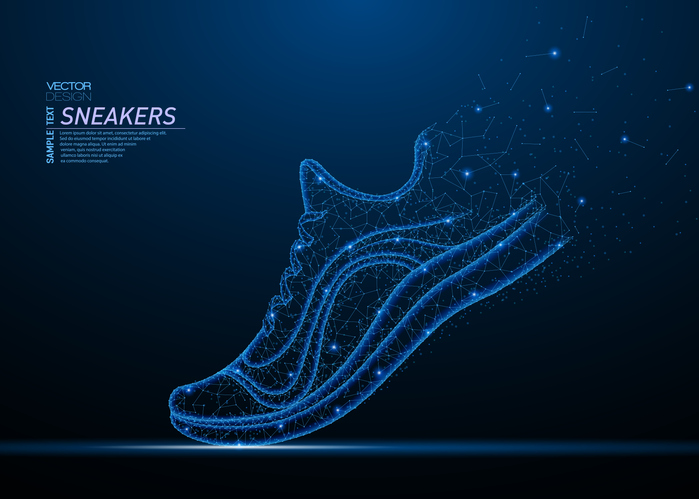
Terms like ‘smart,’ ‘tech-driven,’ and ‘digital’ have been buzzwords for quite some time; to the extent that they have become a craze for both individuals and businesses. However, when it comes to the footwear industry, which currently clocks a revenue of USD 23.73 billion in India alone, these terms have long remained remote. While the industry has been growing 5% year-on-year on average, footwear has been one of the least digitally-advanced sectors, despite the goldmine of untapped potential it offers.
The current scenario
Fortunately, just as it has permeated every sector, technology has weaved its way into the multi-billion-dollar footwear industry too. Today, the footwear industry has leapfrogged to an extent that would have been unimaginable just about a decade ago. With alarm bells sounding over global warming and climate change, there is a growing shift among brands in the industry towards sustainability and eco-friendly design to minimise pollution and carbon footprint.
Besides, given the digitally-driven world that we now live in, it comes as no surprise that the footwear industry has evolved in every aspect – from manufacturing processes to raw materials, machine usage, and customisation. All this is primarily thanks to technology. Even the kids’ footwear market, which has remained a vastly underserved market with respect to customer needs, has benefitted immensely from technological innovations. Here’s how.
3D printing and rapid prototyping for greater accuracy and efficiency
While 3D printing isn’t an entirely new technology and has been around for quite some time, it is undeniably a breakthrough technology. However, 3D printing is relatively new in the footwear industry and is gradually making its way into the sector. In the simplest terms, 3D printing is a process where a computer generates a 3D CAD model, which is then printed on a machine. It not only reduces the development time of the design significantly by allowing designers to create multiple footwear prototypes quickly but also ensures a higher level of accuracy, which can then be tried on customers before the final production phase.
Newer machines for new designs/trends
The days when customers would have to wait for several months for new designs and models of footwear to be launched are now over. However, with cutting-edge technology and newer machines which run a significant chunk of the operations for footwear brands today, there is more scope to explore new designs quickly. Additionally, when these machines are made more affordable and available, they can benefit small tech innovators, facilitating the creation of more designs and trends in the market. Ergonomic design has become a key focus in the development of various types of footwear, including sandals, foam wear, and waterproof shoes. These modern designs aim to provide optimal comfort for a wide range of applications and scenarios.
AI enabling customisation
AI has become an omnipresent technology. Every sector today leverages this unique, innovative technology for greater efficiency, and the footwear industry is no different. For instance, it often turns out that we cannot find perfectly sized footwear that seems like it’s made mainly for our feet. This is especially true for growing children between the ages of 0-10 when their feet grow rapidly. Parents usually find it extremely challenging to find the right-sized footwear for their little ones’ growing feet – the shoes are either too big or too small, constricting the feet’s natural growth.
However, there is no ‘one size fits all’ concept in footwear, and with technologies like AI, sizing children’s feet becomes a lot easier and more accurate. Far from the conventional sizing methods, AI ensures incremental-based sizing, facilitating the creation of correctly-sized footwear for kids. Further, technology has advanced to the extent that brands in the market have even come up with footwear that can ‘grow’ to accommodate children’s growing feet and retain their natural shape without restricting them. Technologies like 2D plotters, 3D printers, etc. allow brands to design and produce footwear that is tailored for the customer’s feet, making for good foot health rather than simply mass manufacturing shoes without attention to detail.
Summing up
With more and more brands, both established ones and startups, focusing on ergonomic design and comfort, and sustainability while having a tech-first, customer-centric approach, the footwear industry is evolving every day. Besides, as newer technologies continue to emerge, the footwear market is entering its next phase of growth and will likely witness a boom as industry players cater precisely to customer expectations and preferences and tap into the potential the market offers.
(The author is Mr. Satyajit Mittal – CEO and Co-founder, Aretto and the views expressed in this article are his own)








